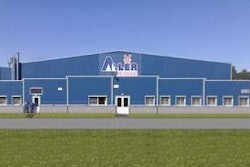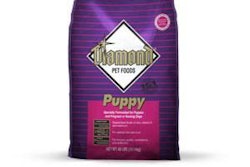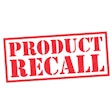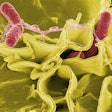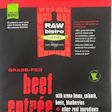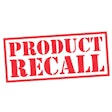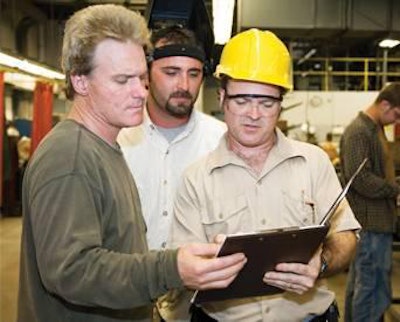
Hazard analysis and critical control points, or HACCP, is a regulatory requirement for many industries and is the basis for managing food safety in a variety of international management systems, such as ISO 22000, the British Retail Consortium and Safe Quality Foods Institute. There is no argument as to the effectiveness of HACCP when it is applied properly. However, poor implementation or abuse of the system can be devastating. Indeed, many widely publicized food safety incidents have been caused by products originating from HACCP-certified plants.
To use HACCP properly, you need to understand its limitations. HACCP is no more than a decision-making tool. As long as it is regarded as the ultimate food safety certification scheme, it will never serve its real purpose: to provide professionals with a systematic method for making sound product safety decisions.
The first and most obvious HACCP decision is to embrace it as the organization’s foremost product safety risk management tool. This is a top management decision. Certification should never be a HACCP goal! It is my professional opinion that the only way to achieve the level of food safety our customers expect is to decide that the petfood you manufacture and sell is worthy of being eaten by humans.
Other preliminary decisions include choosing the food safety team leader and prerequisite programs. Be sure to choose the team leader wisely and provide adequate training and resources. A good food safety team leader can save a company from disaster. The leader needs dedicated team members armed with management support.
Prerequisite programs are key. The validity of the food safety management system relies on the physical and procedural infrastructure: buildings, equipment, layout, process flow, vendor qualification, personal hygiene, zoning, pest control, sanitation, environmental monitoring, training, document control, etc. HACCP is useless and even hazardous when carried out in a plant with poor infrastructure.
Other critical decisions follow HACCP principles:
- Adequate process flowcharts —for the team to perform a robust risk assessment, the process must be clearly depicted and include every process and packaging step, rework, limited editions, toll operators, external warehousing, etc. Any process step not included in the flowchart has the potential to be associated with unidentified hazards.
- Hazard identification —all potential hazards must be identified, even those that initially appear highly unlikely or insignificant. This is the cornerstone of HACCP. The team will have the opportunity to rank each hazard and discard those that don’t justify control. Disregarding a hazard before properly assessing it can result in tragedy. In the case of complete pet diets, nutritional inadequacy must always be a hazard to consider.
- Hazard assessment —this is the trickiest part of HACCP. The entire system is based on the premise that not all hazards can be controlled with the same degree of rigor. Therefore, it is the role of risk assessment to prioritize the identified hazards based on their likelihood and severity (Figure 1). If the HACCP team underestimates a hazard, it will not be adequately controlled and safety cannot be assured. On the other hand, overestimation causes too much control and can result in loss of focus.
- Critical control measures —the final step of risk assessment is identifying which control measures are most worthy of being called critical control points (CCPs) or operational prerequisite programs (oPRPs). HACCP traditionally mandates the use of a decision tree as a guidance tool for pinpointing the locations of CCPs and oPRPs (Figure 2), but the most important thing is that each significant hazard is controlled by a CCP or oPRP.
Once CCPs (and/or oPRPs) have been identified, two other crucial decisions will determine the validity of the program: scientific validation of the CCPs and the critical limits associated with them (HACCP principle 3) and adequate monitoring activities to provide sufficient peace of mind (principle 4). Both of these decisions have a direct impact on the cost of HACCP. This is an unavoidable cost and must be considered from the very beginning.
The remaining decisions come into play when putting a HACCP program into operation: corrective action, verification and maintenance (principles 5–7). The organization must be prepared for the unlikely event that monitoring will detect the process was operating outside of a CCP’s critical limits. This is a common fail-point, where management must make tough decisions regarding the fate of suspect product.
A good HACCP plan will have foreseen this event and predetermined the mode of corrective action, releasing management from the burden of having to weigh consumer safety against dollars. This is the reason top management should be involved when CCPs are chosen and validated. Ask yourself: “Am I really prepared to disqualify product if and when this CCP is violated?” If the answer is no, then the hazard is not as significant as the team ranked it and the CCP is not justified, or you are not really committed to consumer safety.
Verification means confirming that the HACCP program is really happening. Are the hundreds of food safety tasks written in the procedures being diligently and completely performed every time? Are the results you need being consistently achieved?
Poor verification is probably the number one reason for major food safety incidents in HACCP-certified plants. The results of routine verification activities provide crucial input for HACCP management and improvement. Managers who fail to collect, analyze and react to validation data are better off not having adopted HACCP in the first place.
Finally, to maintain food safety, recordkeeping is crucial. All HACCP decisions are based on data sets and are the logical result of analyzing this data: product characteristics, process parameters, ingredients, supplier reliability, chain of command including roles and responsibilities, scientific facts and available control measures.
All this information influences the HACCP process and outcome. Therefore, even the slightest change in the data can affect the outcome and have an enormous impact on the system. Every change must be accompanied by a reassessment, followed by revalidation.

